SLB introduces low-carbon alternative for well construction cement that eliminates up to 85% of embodied CO2
Green Car Congress
MARCH 7, 2023
The cement-free EcoShield system is a breakthrough that delivers industry-standard zonal isolation capabilities while significantly minimizing impact from upstream oil and gas production. This barrier also protects fresh water aquifers and helps prevent the inflow of undesirable hydrocarbons.

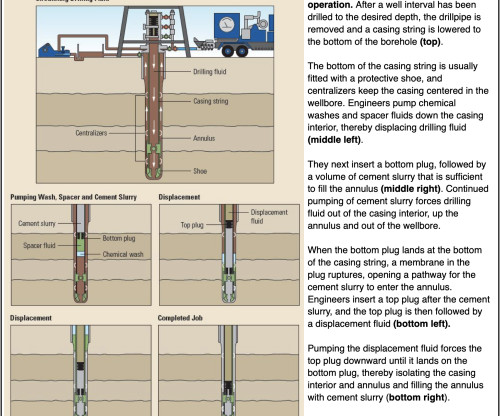










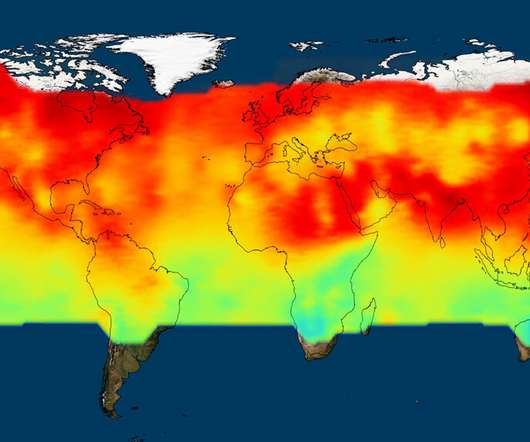











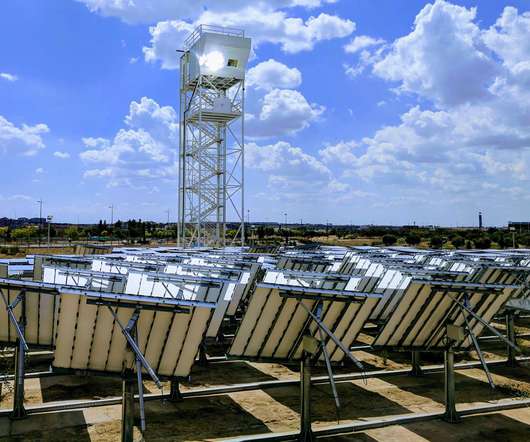


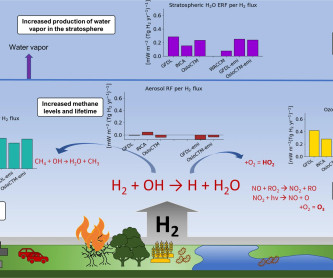




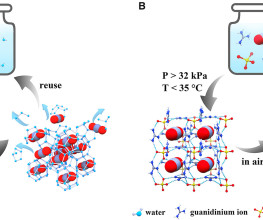

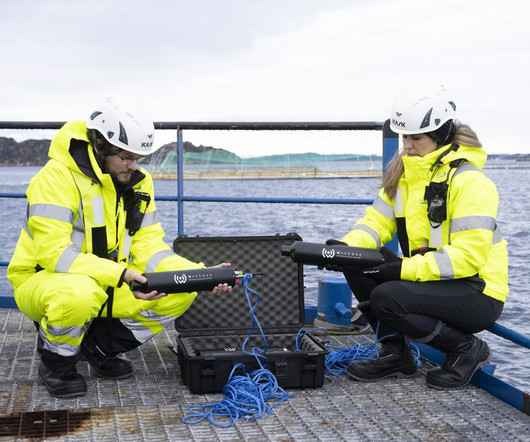






Let's personalize your content